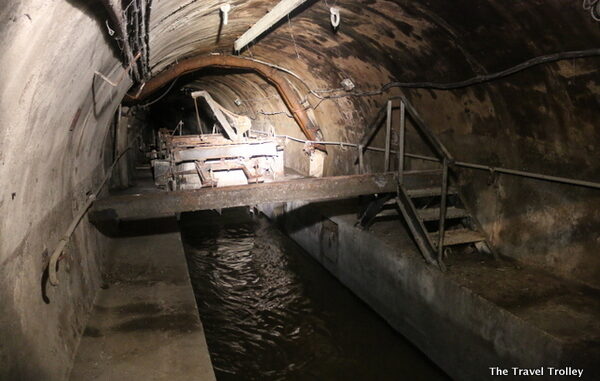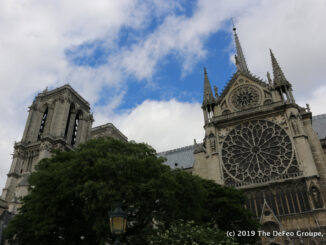
PARIS — The labyrinth of sewers winding their way beneath the Paris streets is as legendary as the city upstairs.
The system dates to about 1370 and today includes more than 1,300 miles of sewers. While the sewers have a very practical use, their description in stories such as Victor Hugo’s Les Misérables made them legendary.
“Paris has another Paris under herself; a Paris of sewers; which has its streets, its crossings, its squares, its blind alleys, its arteries, and its circulation, which is slime, minus the human form,” Victor Hugo famously wrote. While Hugo’s description of the sewers worked to set the scene of the story, the description is invaluable to historians studying the system.
Hugues Aubriot, a Parisian provost, is credited with building the city’s first sewer when he built a vaulted, stone walled sewer in the “rue Montmartre.” Baron Haussmann is credited with the overhaul of the city’s sewer system in the 18th century during the reign of Emperor Napoléon III.
Before the sewers’ construction, the city’s sewage was dumped into streets or fields and ultimately made its way into the river Seine, which also served as the city’s source of drinking water.
For anyone interested in learning more about this complex maze winding its way beneath the Parisian streets, a visit to Le Musée des Égouts de Paris (the Paris Sewer Museum) is an absolute must. The museum, located beneath the Quai d’Orsay near the famous Pont de l’Alma in the city’s 7th arrondissement, chronicles the need for sewers and their construction.
The museum’s exhibits, posted in both French and English, are insightful and interesting. Exhibits include replica and actual equipment used in the upkeep of the system, such as a massive ball used to help clear clogs.
An actual sewer line, complete with raw sewage, running below reminds museum goers’ that while the museum and the city’s underground may be out of sight, it’s not always out of smell. While it may be less glorious than most, if not all, of the city’s other, more famous attractions, it’s no less important to the development and growth of Paris into a global economic powerhouse.
A visit to the museum can take an hour or so, less for anyone who might be unable to keep their olfactory senses in check. Plus, the gift shop sells stuffed rats, for anyone looking to take home a keepsake.
Verdict: This museum stinks, but is worth the visit.





